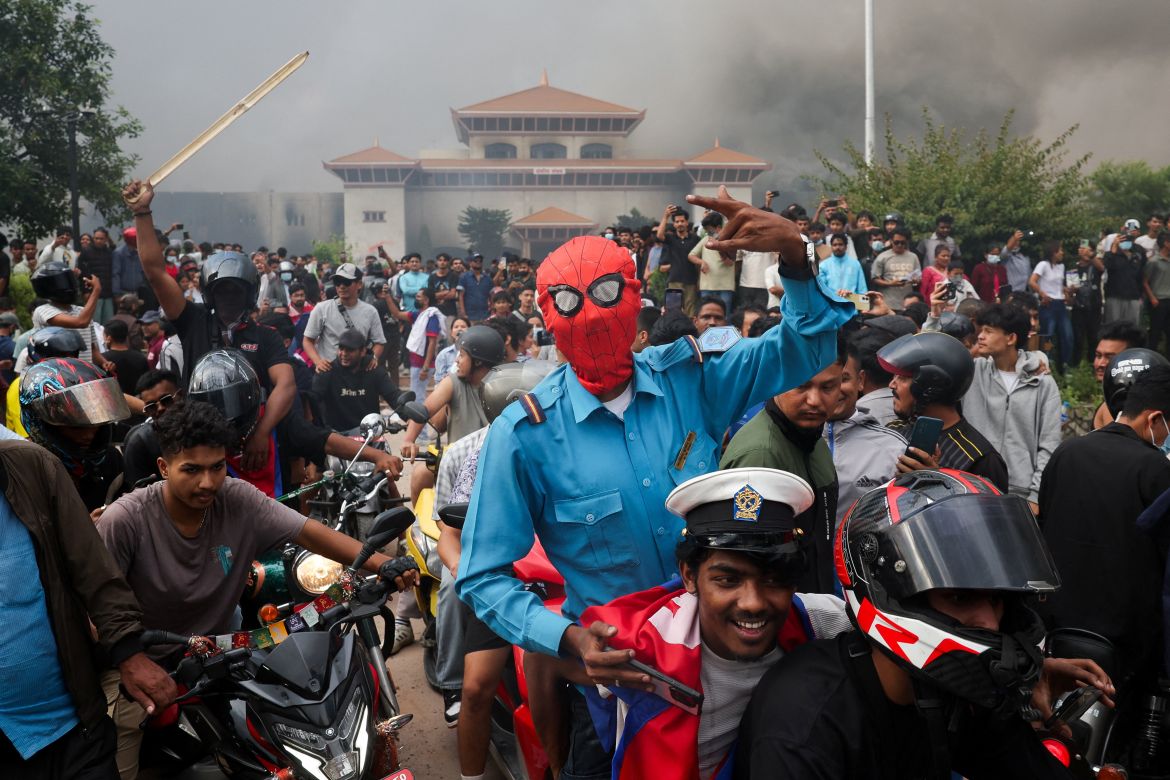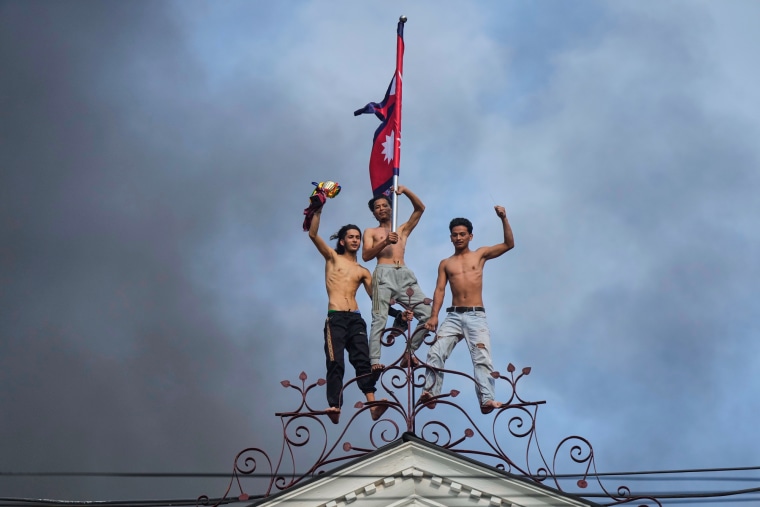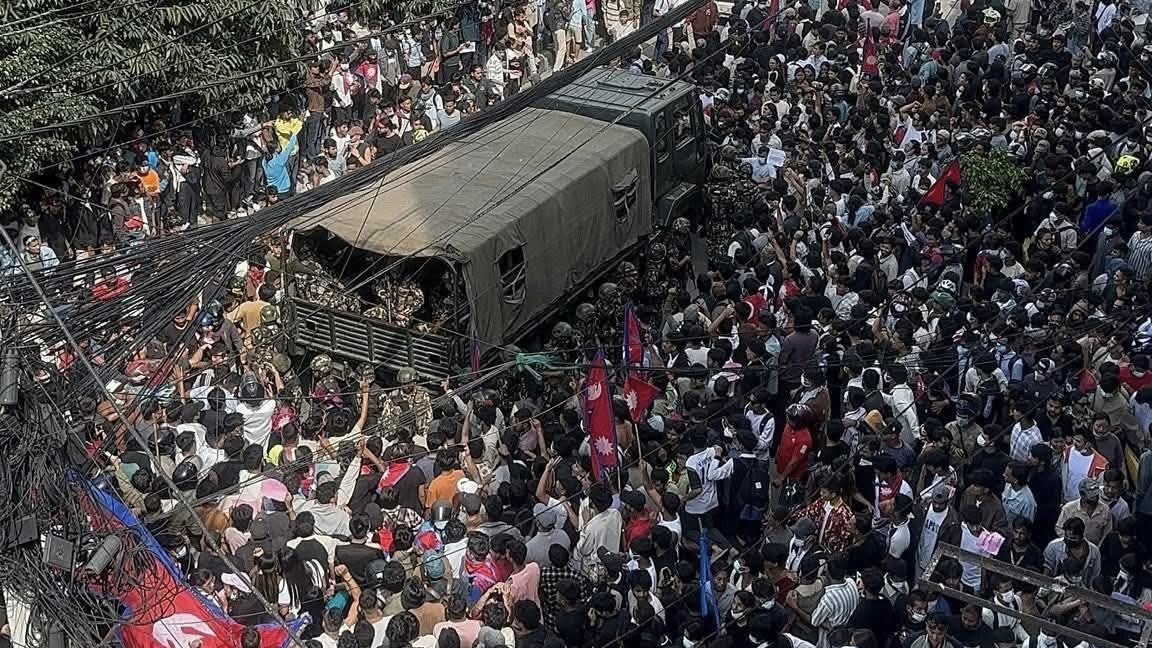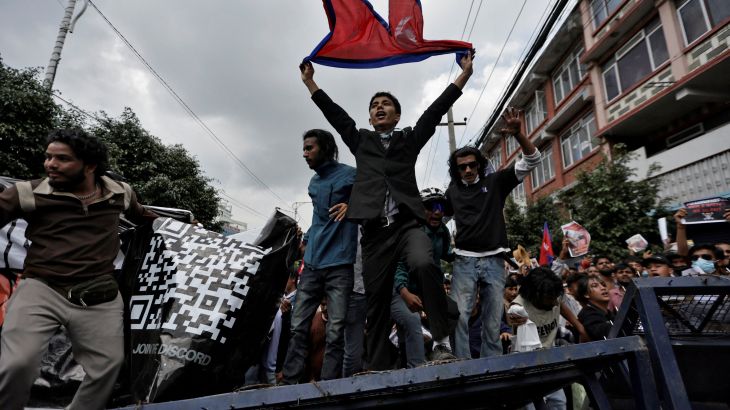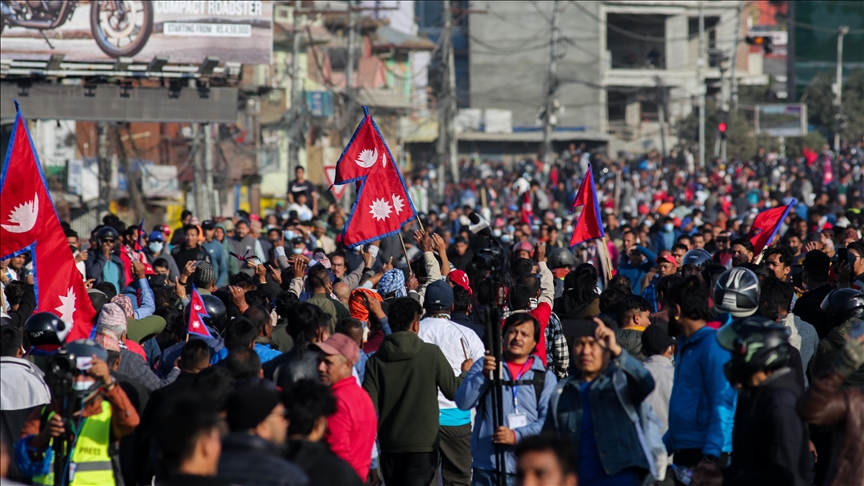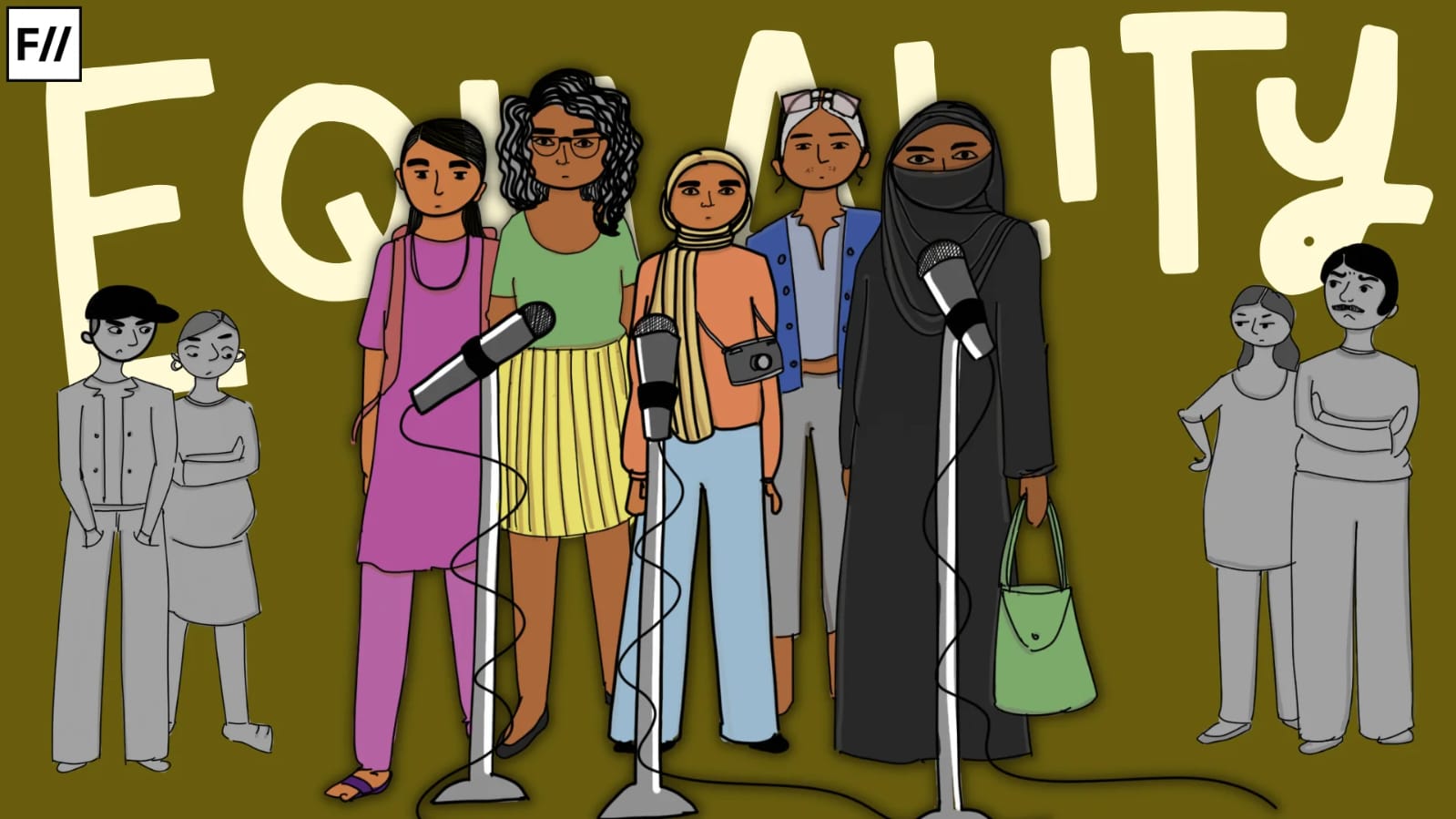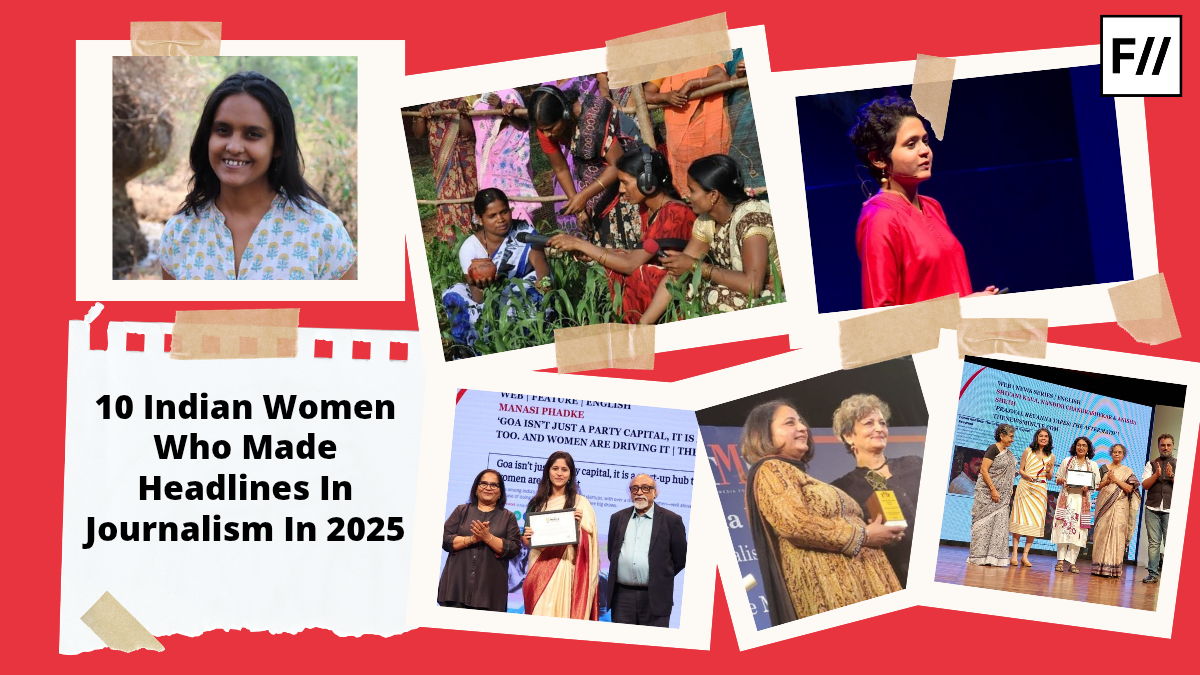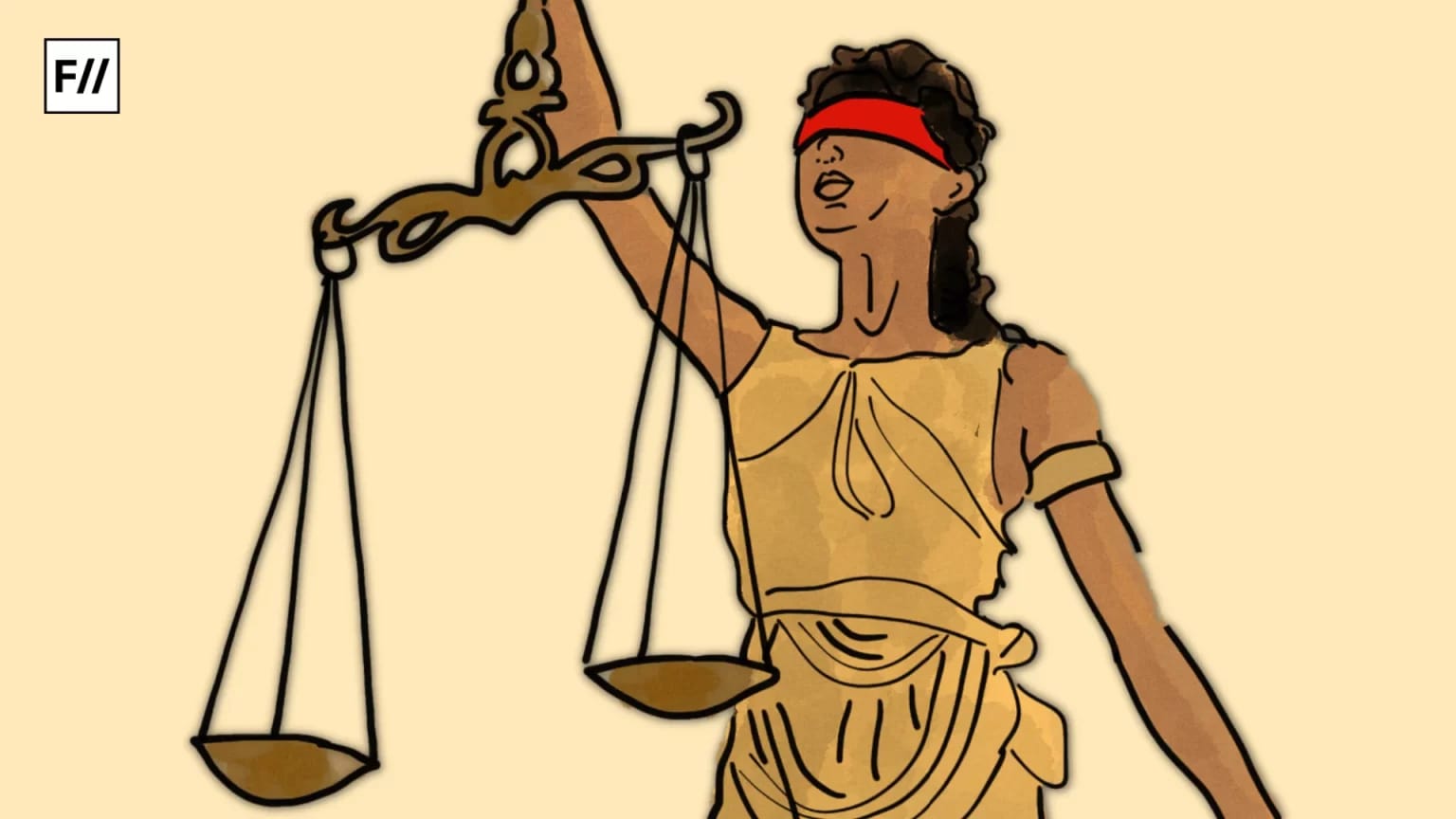‘Everyone said rubber bullet, rubber bullet. It was not a rubber bullet. If you see my son, his head was broken, a hole is there.‘ These words marked the grief and disbelief of Narendra Shreshtha, whose son Sulov was among scores killed in the violent unrest unleashed during the anti-corruption protests in Nepal. While not the only casualty, Sulov now stands as the face of injustice in Nepal following the deadly violence that gripped the Himalayan nation.
In an unprecedented political upheaval that shook the 17-year-old multiparty democratic system in Nepal, the youth-led uprising brought down the stagnant and highly corrupt regime of KP Sharma Oli. Nepal’s politics, for decades, was marked by the recycling of the same three men from the old political class. For the past 10 years, Oli, Sher Bahadur Deuba, and Pushpa Kamal Dahal have shared power on a rotational basis. Rejecting decaying governance and the rampant exploitation of state resources, the pent-up frustration and anger built up over years of injustice finally vented out in what is being called a “Gen-Z movement.”
Despite the violent character that the movement assumed, it revealed the anomalies dominating Nepal’s democracy, exposing the systematic fissures and unfair concentration of power in the hands of a few. The protests didn’t spiral out of nowhere; they are a projection of the collective fury simmering over decades that highlighted something substantial-the power of youth activism.
Impetus of the movement
Nepal’s history, unlike its South Asian neighbours, isn’t marked by the scars of colonisation, partition, and bloodshed. By contrast, the nation has experienced authoritarianism under the centralised Rana regime. The country’s political destiny is carved in three waves: the First Democratic Experiment (1951–1960), the Panchayat Era (1960–1990), the Restoration of Democracy (1990–2005), and finally, the Post-Monarchy Democratic Republic (2006–present).
The country has frequently seen Jan Andolans that have defined the character of its democracy, showing in perfect measure how the country’s youth carry their national pride on their chests.
However, the recent civil unrest led by the country’s youth that saw parliamentary buildings and similar spaces being torched, vandalised, and looted is the outcome of persistent political self-centeredness. These spaces, for them, represented political injustice, inclemency, and the abuse of power, and their destruction became the face of the restoration of democracy.
The worsening economic situation and the unemployment crisis added fuel to the fire, exposing the gap between the country’s elite and poor masses.
The movement started off as a peaceful protest when the Nepali youth, fed up of nepotism prevailing among politicians’ kids living off public funds and flaunting their luxury goods on social media, flooded the internet. The worsening economic situation and the unemployment crisis added fuel to the fire, exposing the gap between the country’s elite and poor masses. Massive inflation and discriminatory taxation policies enraged the youth further, igniting the peaceful protests into a massive unrest.
Systematic corruption in the country is entrenched so deeply that most of the youth are compelled to seek employment abroad. For the rest, digital entrepreneurship through social media platforms to build businesses is the way ahead and the “last straw” came when the government proposed to ban 26 social media platforms in the name of ‘non-compliance to regulatory measures.’ The proposed ban was seen by the youth as a threat to their dwindling survival and a concerted attempt at tightening the censorship regime.
Information, in the digital age, is considered as a human right and its accessibility defines living standards. Any attempt at controlling this flow of free and fair information invites dissent, exemplified by the recent “Gen-Z uprising”.
Youth activism and the death of a regime in Nepal
The streets of Kathmandu, in September 2005, echoed with the cries for reform led by the youth. It just showed, how the youth, as a collective, holds the ability to hold power to question and shake the foundations of institutional inefficiency.
In a span of 48 hours, the Gen Z protestors brought down a regime that no longer represented the people it stood for and had virtually buried the constitution as a document that only existed in fragments of paper.
In a span of 48 hours, the Gen Z protestors brought down a regime that no longer represented the people it stood for and had virtually buried the constitution as a document that only existed in fragments of paper. Killing 72 people, the protests were the deadliest unrest in the Himalayan nation for decades. Ashish Pradhan, a senior adviser at the International Crisis Group, added, ‘The damage could parallel the toll of the 2015 earthquake, which took almost 9,000 lives.‘
At least 300 local government offices were damaged, with the destruction going beyond Nepal. Further, The Kathmandu Post estimated the net damages could weigh around 3 trillion Nepalese rupees or 21.3 billion USD.
The protest, which was largely leaderless, carried the spirit of a nation embroiled in bureaucratic inefficiency. Photos showed protestors standing atop Singa Durbar waving the Nepali flag, in what was reminiscent of the student-led uprising in Bangladesh last year. It also saw local businesses being shut down and the country’s international airport being shut down indefinitely before it re-opened last week. The streets were packed with protestors, many on motorbikes, chanting, shouting, and waving the Nepali flag in defiance of the government curfew. The handwritten signs and T-shirts spelled the rage further- ‘He killed our youth. He should be dead.‘
The streets were packed with protestors, many on motorbikes, chanting, shouting, and waving the Nepali flag in defiance of the government curfew.
The response was met with tear gases, water cannons and live firing by the police. Tanuja Pandey, a young protestor said how her feelings were a mixed bag following the fall of the government. Carrying a slogan that read, ‘ghus khane ghusiya, kukur bhanda bhusiya‘ indicating the unhealthy impact of corruption on the country’s young democracy that came into existence after a deadly Maoist-civil unrest that had claimed 17000 lives.
Social media and the power of virtual discourse
Social media, for ages, has been a visual filter, framing realities and mediating change. From the Arab Spring facilitated via opinion forums such as Twitter to the “Black Lives Matter” where user-generated content added the spin, social media has always been a discussion board.
The youth-led movement of Nepal, in the wake of the ban on social media platforms, turned to the US-based platform Discord, primarily used by gamers as a toolkit for discussion. After ousting their previous government which ran along corrupt ideals, the platform became the debating ground to decide who would run the country.
Organised by Hami Nepal, a Gen-Z group with over 1,60,000 members, a mirrored livestream was also held over YouTube for those who failed to login, to allow transparency in the process. Finally, Sushila Karki, who has formerly served as the Chief Justice of The Supreme Court from 2016-17, was sworn in as the interim prime minister to fill the legal vacuum before the country’s next elections following the untimely dissolution of the parliament. Yujan, who was at the front-foot of the movement, says, ‘She (Karki) was the one who led the anti-corruption movement at the time through the court and her verdicts.’
What happened in Nepal is just one part of the broader pattern of injustice recurring since ages.
What happened in Nepal is just one part of the broader pattern of injustice recurring since ages. Shrinking opportunities, worsening economic conditions, corrupt governance, and social media censorship were just a part of the systematic exploitation the country’s youth had been facing for decades. By refusing to bow down further, the movement is the symbol of the power of youth as a collective to change their conditions. For Nepal, the future now holds more weightage than the past ever did, as the country reels under uncertainty. If nothing else, it’s a blatant reminder that the youth are no longer just silent spectators but active agents demanding accountability and change through greater mobility, activism, and representation.
About the author(s)
Nausheen is currently an undergraduate student pursuing journalism at Lady Shri Ram College for Women, Delhi University. With a keen interest in feminism, geopolitics, and social issues, her passions lie in research, writing, and public speaking. In her free time, she enjoys listening to music, sipping coffee, and playing chess.
